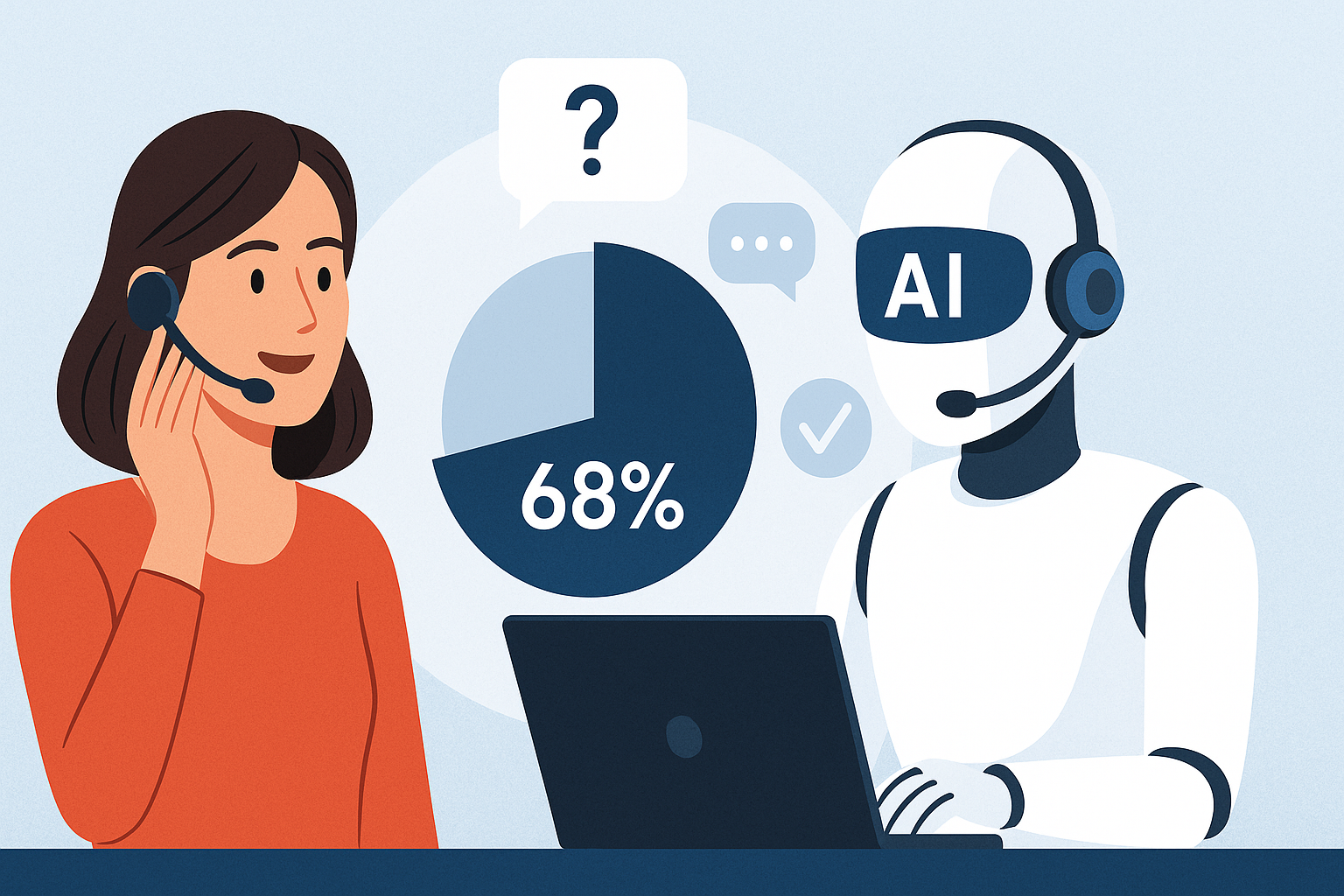OpenAI has officially launched GPT-5, marking a major leap in the evolution of artificial intelligence. Although the company has yet to disclose the precise number of parameters, estimates suggest GPT-5 may feature up to 1.8 trillion parameters, surpassing the estimated 1.5 trillion parameters of its predecessor, GPT-4. This expansion signals a significant boost in processing power and intelligence, setting new standards for AI models.
Key features and improvements
1. Unified architecture
GPT-5 brings together OpenAI’s previous models, including the o-series, into a single, unified system. This integration simplifies the user experience by eliminating the need to select between different models for distinct tasks. The new architecture is designed to enhance overall efficiency and reduce complexity.
2. Enhanced reasoning abilities
Building on the chain-of-thought reasoning introduced in GPT-4, GPT-5 is expected to demonstrate significantly improved logical reasoning and problem-solving abilities. With these upgrades, the model should generate fewer “hallucinations” or inaccuracies, a common challenge in earlier AI systems. The aim is for more reliable and consistent outputs.
3. Multimodal capabilities
GPT-5 enhances multimodal capabilities, allowing it to process not just text, but also images and voice inputs. There is speculation about the inclusion of video processing in future iterations, expanding its versatility and applicability across a wider range of tasks and industries.
4. Improved contextual understanding
With an expanded context window, GPT-5 can handle longer inputs more efficiently, leading to a better understanding of complex content. This improvement is crucial for tasks that require processing extensive information, such as generating detailed content or managing intricate customer service interactions.
Implications across industries
The launch of GPT-5 is expected to have broad implications across numerous sectors:
- Customer service: More nuanced, context-aware AI interactions can improve customer experiences, enabling smarter and more responsive service solutions.
- Content creation: Enhanced capabilities in generating coherent and contextually relevant content will support more advanced writing, storytelling, and creative processes.
- Healthcare: AI’s potential to assist in diagnostics and patient communication may be further strengthened, making it a valuable tool in healthcare administration and treatment planning.
- Finance: With enhanced data analysis and reporting abilities, GPT-5 could transform financial services, improving decision-making and strategic forecasting.
As GPT-5 continues to be integrated into platforms and services across industries, its advanced features are expected to spur innovation, drive operational efficiency, and enable more dynamic solutions in various fields.





